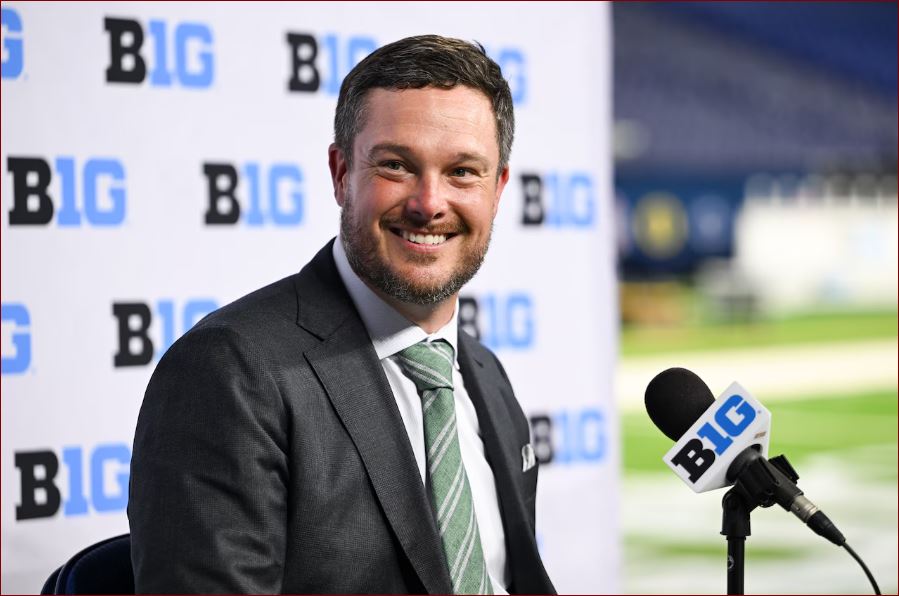
Last week saw a lot of activity in the Big Ten and college football, with some of it feeling more inflated than the rest.
(And yes, I’m still making the most of that inflatable Duck. What can I say? Effective marketing gets to me.)
What really caught my attention was Ohio State’s new athletic director openly discussing the school’s NIL (Name, Image, Likeness) operations, disclosing that Buckeye players are raking in “around $ 20 million” from these deals.
NIL discussions have been frequent lately, perhaps even excessive. Especially in the context of Oregon.
When people talk about the Ducks having “limitless” NIL funds, it often implies there’s something questionable about it compared to recruiting with the financial support of a donor like Phil Knight versus the generosity of a typical fan like John Q. Buckeye.
But the current system encourages such skepticism by keeping things opaque. Most top college football programs are part of public universities, and their budgets are transparent.
NIL deals, however, are not.
Because this funding comes from private sources rather than directly from the schools, it remains largely unclear. That’s why Nebraska AD Troy Dannen is tossing around figures regarding the Buckeyes and Ducks, and veteran coach Rick Neuheisel is suggesting that Oregon’s NIL resources “appear to be a bottomless pit.”
Once revenue sharing kicks in in the coming years, it may resemble the salary cap seen in professional sports.
However, NIL will likely continue to operate freely.
If Ohio State, the premier program among elite teams, is willing to provide at least a rough estimate, shouldn’t other schools consider doing the same?
“I don’t really see any value in that,” Dan Lanning said during last week’s Big Ten media days, noting, “but it sounds like they’re doing quite well over there in Ohio.”
This response isn’t surprising coming from Lanning—or any coach, for that matter. Coaches tend to keep information close to their chests if they believe it gives them an edge.
For a program like Oregon, which seems to be at the forefront of NIL, there’s little incentive to reveal what they can keep private.
“I think the reality is, if you look closely at the top programs in the country, you’ll find they are actually closer in competition than you might think,” Lanning explained. “But to be a leading team in college football today, you need to compete at a high level in NIL.
“Do I think there’s an advantage in everyone knowing our position? No, I don’t think there’s much benefit to that.”
As long as NIL operates outside of the athletic department budget, it will remain a chaotic spending environment, allowing someone to overspend in pursuit of a championship. The big question is how the sport will adapt to this situation.
Will the system hold up?
And I’m not talking about whether an offensive lineman can avoid a penalty!
Earlier this year, the NCAA approved new transparency regulations that will require schools to report their athletes’ NIL agreements, which will then be aggregated to highlight trends. These rules will take effect on Thursday.
This is an overwhelmed governing body trying to grasp a reality it never anticipated. Yet, it doesn’t significantly enhance transparency.
If Ohio State’s boosters are fronting 20million,what’stop revent Knight from contributing 40 million—or even $ 100 million? We’d be entering a realm of absurdity.
Some might argue we’re already there.
Knight is determined to see Oregon claim a national championship, but just how committed is he?

Leave a Reply